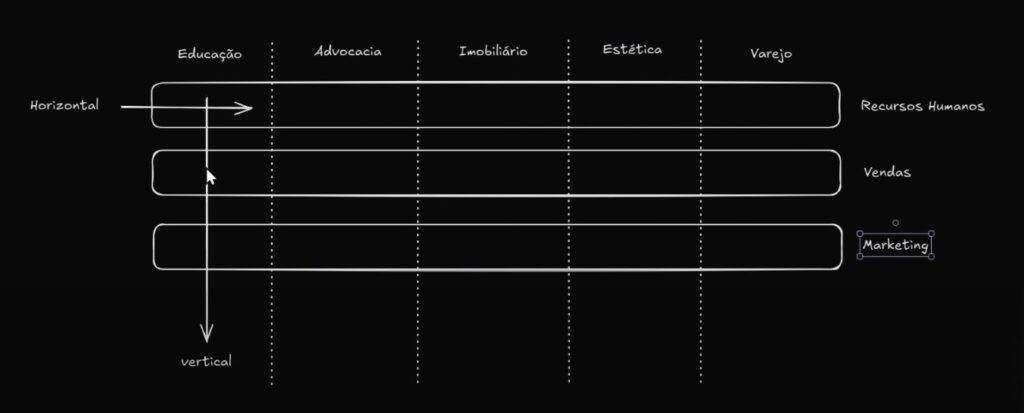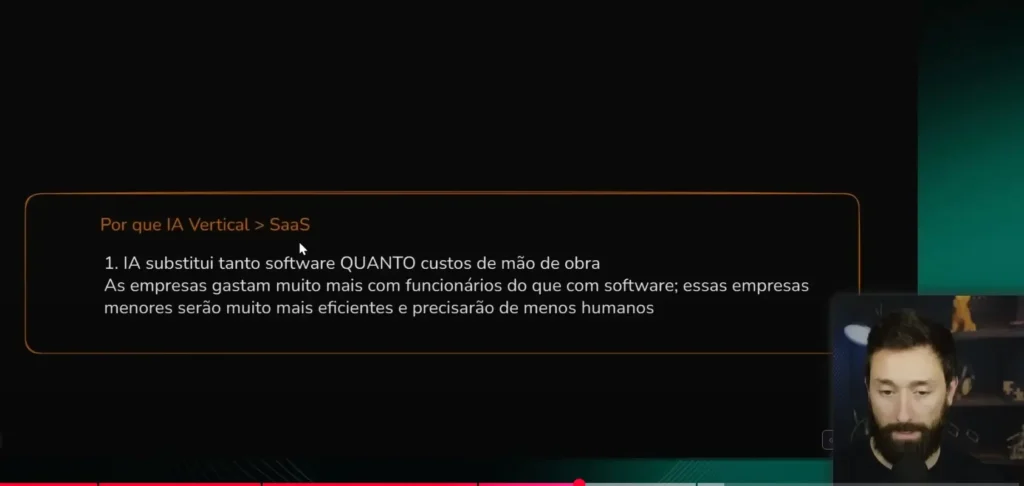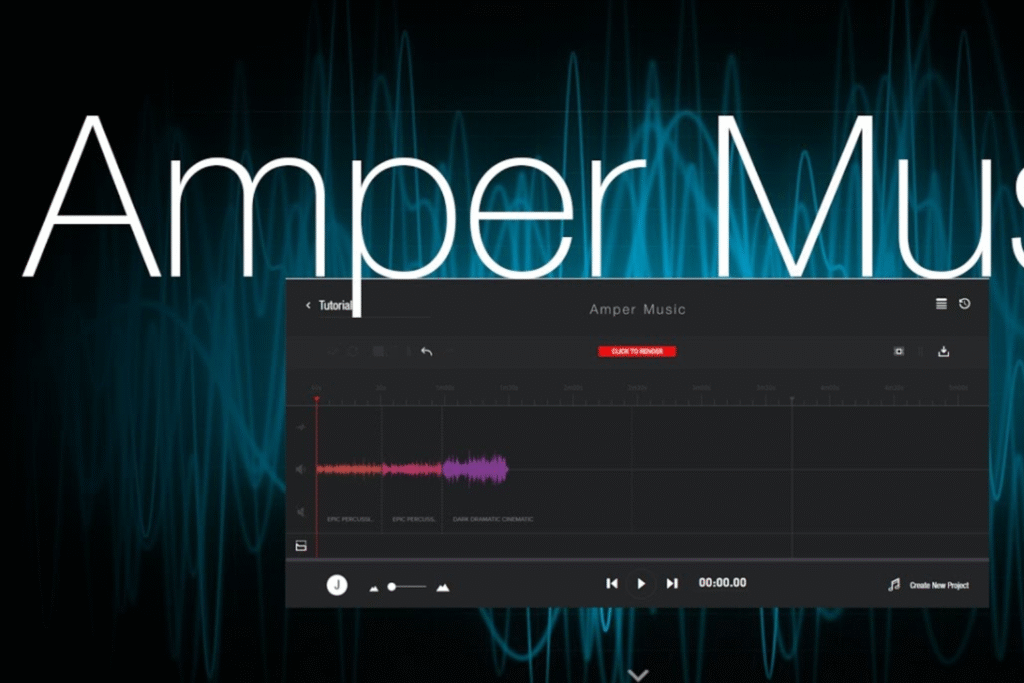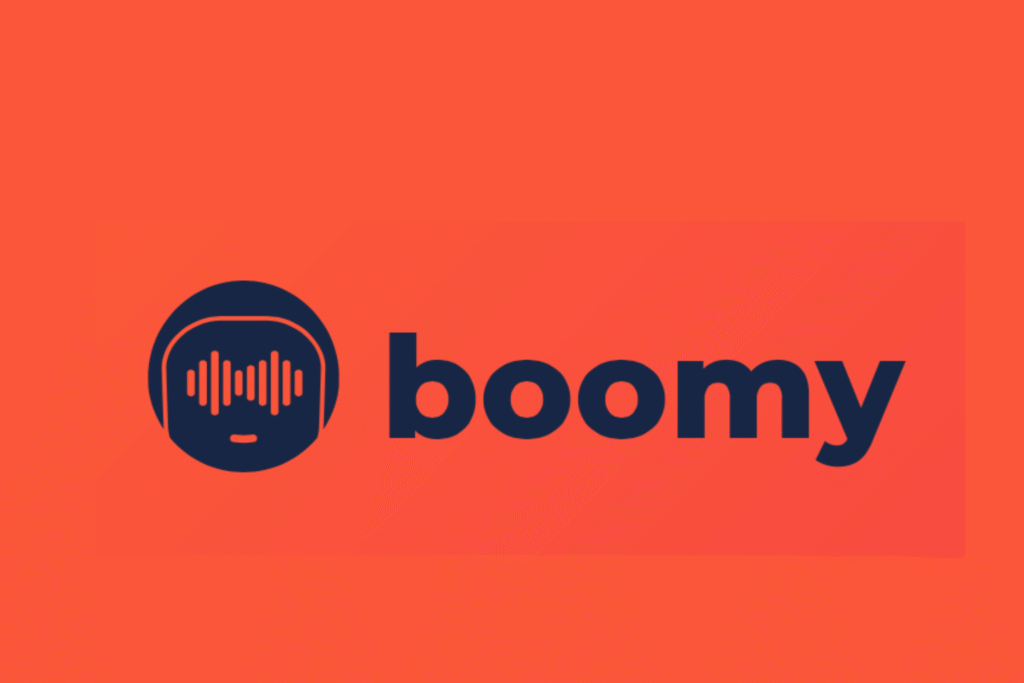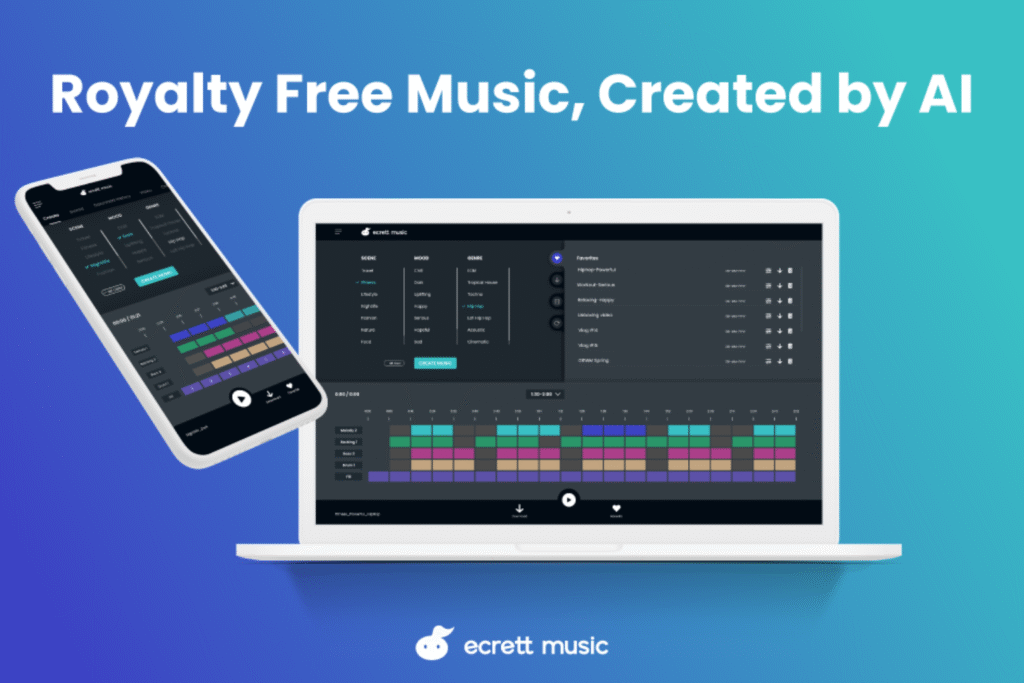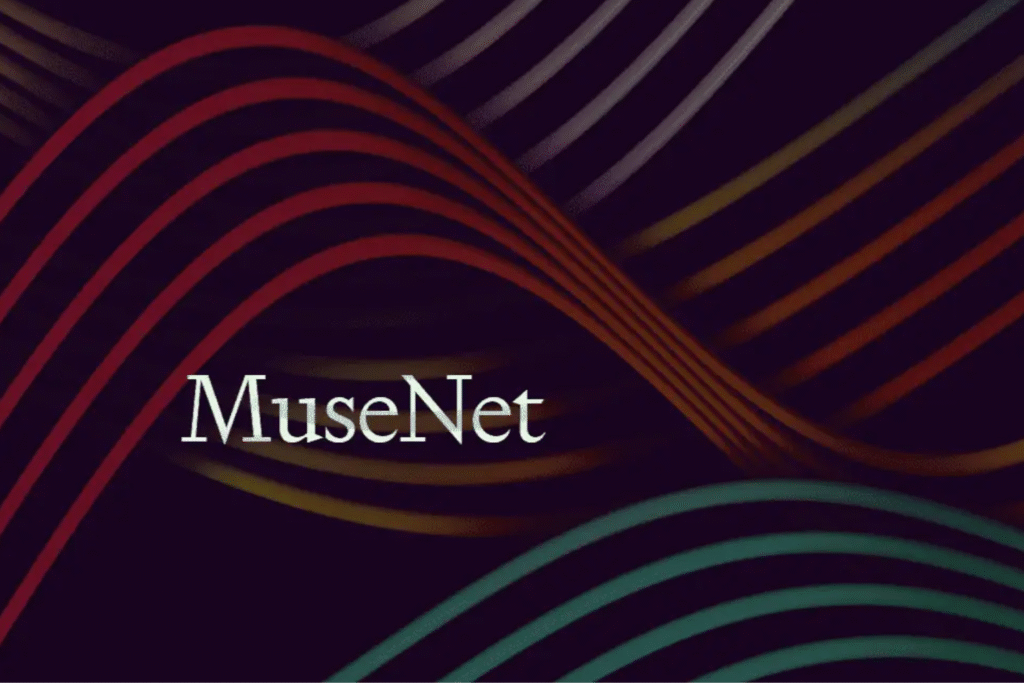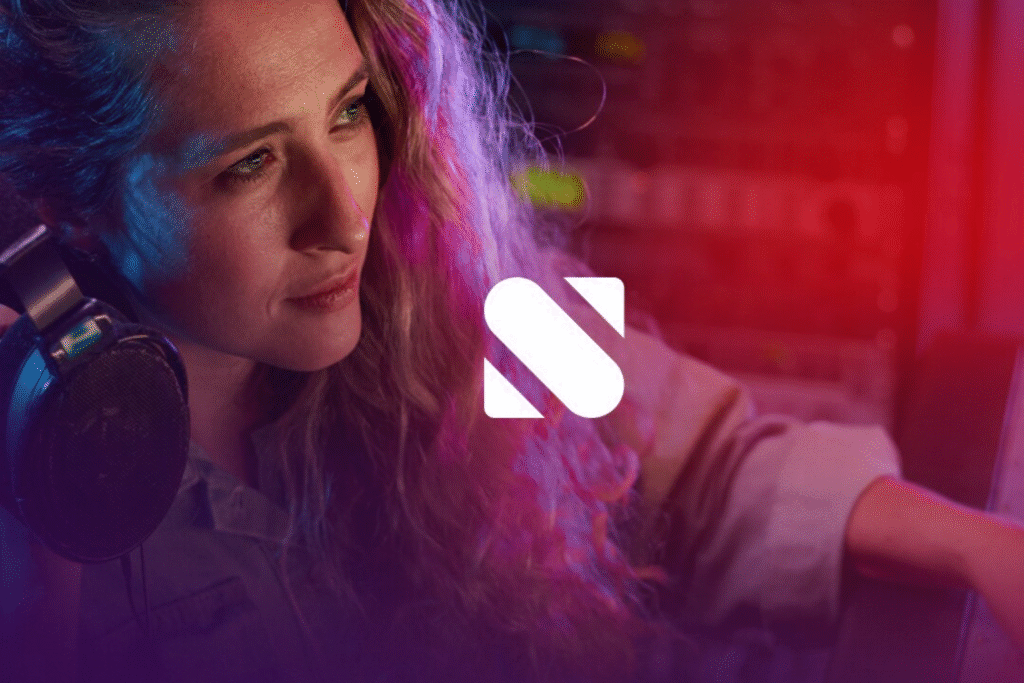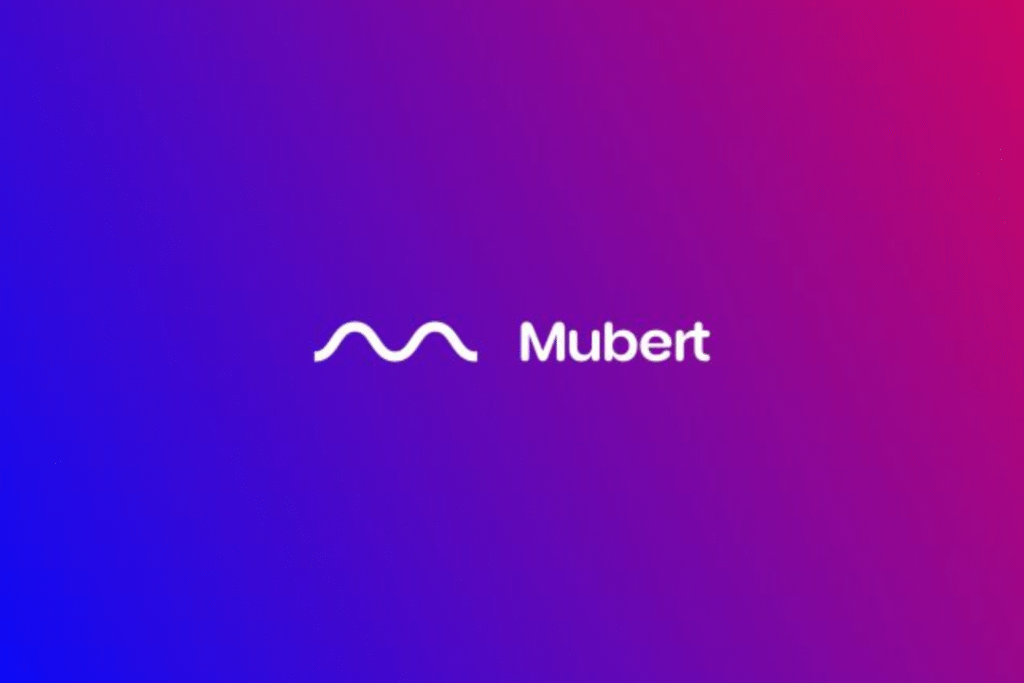The concept of Vibe Coding está revolucionando a forma como desenvolvedores e criadores digitais abordam seus projetos. Ao misturar técnicas de desenvolvimento com aspectos emocionais, estéticos e criativos, o Vibe Coding propõe um novo paradigma no qual a experiência de criar é tão importante quanto o produto final.
Levantamentos de mercado apontam que equipes que adotam processos criativos sensoriais registram saltos expressivos de produtividade e bem-estar — alguns estudos falam em até 47 % de aumento quando a developer experience inclui dimensões emocionais.
THE Harvard Business Review, em linha semelhante, destaca que experiências de trabalho enriquecidas por fatores emocionais impulsionam significativamente o desempenho.
Neste artigo, vamos explorar o que é Vibe Coding, como aplicá-lo na prática, ferramentas recomendadas, exemplos reais e o futuro dessa tendência. Prepare-se para mergulhar em uma abordagem que une código, arte e sensibilidade.

O Que É Vibe Coding?
Vibe Coding é uma abordagem de desenvolvimento de software que valoriza a experiência subjetiva do criador, o fluxo criativo e a harmonia estética durante a construção de soluções digitais.
Diferente do desenvolvimento tradicional, centrado exclusivamente em performance, escalabilidade ou padrões técnicos, o Vibe Coding busca um equilíbrio entre o código funcional e o prazer estético de criá-lo.
Inspirado por movimentos como o creative coding e influenciado pela cultura no-code/low-code, o Vibe Coding permite que o desenvolvedor transforme seu processo em uma experiência sensorial e emocional.
Essa abordagem tem ganhado espaço, principalmente entre designers, freelancers criativos e fundadores de startups, que enxergam na liberdade estética uma forma de gerar inovação.
Fundamentos e Princípios do Vibe Coding
O Vibe Coding se baseia em quatro pilares essenciais — emoção, estética funcional, colaboração em tempo real e bem‑estar do desenvolvedor — que orientam simultaneamente a técnica e a intenção por trás de cada linha de código.
Esses pilares se traduzem em práticas concretas como métricas de satisfação da equipe, design guiado por sensações, adoção de pipelines visuais compartilhados e rituais de pausa criativa para sustentar o flow.
O relatório Creative Trends 2025, da Adobe, mostra que times que incorporam esses fundamentos alcançam saltos expressivos na taxa de aprovação de protótipos na primeira rodada — chegando a cerca de 30 % segundo o estudo —, evidenciando que a criatividade pode ser tratada como um framework de negócios tangível.
Emoção como Guia do Desenvolvimento
O estado emocional do criador influencia diretamente as escolhas de interface, cores, microinterações e experiências oferecidas.
According to Teoria do Flow, estados de imersão profunda favorecem soluções mais criativas, reforçando que alinhar emoção e codificação não é apenas estético, mas também cientificamente recomendado.
O Vibe Coding incentiva que o desenvolvedor leve em consideração suas emoções para criar aplicações mais humanas e empáticas.
Liberdade Criativa
Ao abandonar regras tão estritas de conformidade e permitir experimentação, o Vibe Coding convida o criador a explorar o “sentimento” por trás do que está construindo. Código bonito também é código eficaz.
Ferramental Intuitivo
A escolha de ferramentas que oferecem feedback em tempo real e suporte visual ao processo criativo é essencial. Plataformas como Framer, FlutterFlow and WebWeb são exemplos perfeitos.

Como Aplicar Vibe Coding na Prática
Para aplicar o Vibe Coding em seus projetos, comece ajustando sua mentalidade: priorize sensações, cores, fluidez e identidade visual desde o início. O processo não é linear e isso é intencional. Aqui estão formas de começar:
Escolha Plataformas Visuais
Ferramentas no-code como Bubble and AppGyver permitem que você crie sem se preocupar com sintaxe, focando na experiência visual e interativa.
Crie Prototipagens Vivas
Use animações sutis, transições harmônicas e paletas de cores personalizadas. Sites como LottieFiles oferecem recursos visuais que ajudam a enriquecer seu projeto.
Acompanhe Seu Flow
Tools like Notion or Whimsical ajudam a capturar ideias criativas em tempo real, mantendo o processo fluido. O Vibe Coding exige escuta ativa ao seu estado interno.
Use IDEs e Ambientes com Experiência Aprimorada
Outra maneira prática de incorporar o Vibe Coding é utilizar ambientes de desenvolvimento e ferramentas modernas que estimulam o fluxo criativo.
IDEs como o Cursor, com assistentes de IA integrados e interface clean, ou ferramentas como o Lovable, focadas em construção emocional de produtos digitais, são exemplos poderosos.
Essas soluções elevam a experiência do desenvolvedor e reforçam a conexão entre intuição, design e execução técnica.
Ferramentas e Ecossistema Favorável ao Vibe Coding
A escolha da stack influencia diretamente na experiência criativa. O ecossistema de Vibe Coding valoriza plataformas que incentivam prototipagem rápida, feedback instantâneo e interfaces intuitivas.
- Framer: ideal para projetos com foco em animações e storytelling visual.
- FlutterFlow: permite criar apps completos com sensibilidade visual.
- Dify: ótimo para integração com IA e construção de interfaces fluidas.
- Xano: possibilita backend sem abrir mão de liberdade criativa. Para uma comparação detalhada dessas e de outras opções — incluindo IDEs como Cursor e plataformas emergentes — confira nosso artigo ‘melhores ferramentas de Vibe Coding’.
Confira a Formacão SaaS IA NoCode da No Code Start Up para dominar essas ferramentas com aplicações reais.

Casos Reais e Projetos Inspiradores
Diversos criadores têm aplicado o Vibe Coding em seus projetos com resultados impressionantes. Um exemplo é o uso do FlutterFlow por freelancers para criar portfólios interativos que transmitem identidade pessoal.
Outro caso é o de fundadores que constroem MVPs com WeWeb + Xano priorizando design emocional para engajar primeiros usuários.
Agências também estão adotando essa abordagem. Em uma instalação interativa recente no MoMA em Nova Iorque, curadores usaram openFrameworks para programar projeções que reagiam ao movimento do público, exemplificando como o Vibe Coding extrapola o digital e cria experiências artísticas físicas.
A possibilidade de criar rápido, com beleza e impacto, é um diferencial competitivo. Para equipes, o Vibe Coding estimula a colaboração criativa e reduz a fricção entre design e desenvolvimento.
Read also:Engenharia de Prompt: Guia Completo para Conversar com IAs
Tendências Futuras: O Que Esperar do Vibe Coding
Com a ascensão das ferramentas no-code/IA, espera-se que o Vibe Coding se torne um pilar importante da criação digital. A integração com agentes de IA que auxiliam criativamente no design será cada vez mais comum.
A tendência também é que surjam plataformas que priorizem o prazer de criar, e grandes corporações já sinalizam essa transição.
A IBM, através de sua iniciativa Design Thinking, introduziu guidelines que enfatizam empatia e emoção como critérios de qualidade para software corporativo, com interfaces adaptadas ao estilo emocional do usuário.
Mais do que funcionalidade, o diferencial estará na sensação transmitida por cada interação.
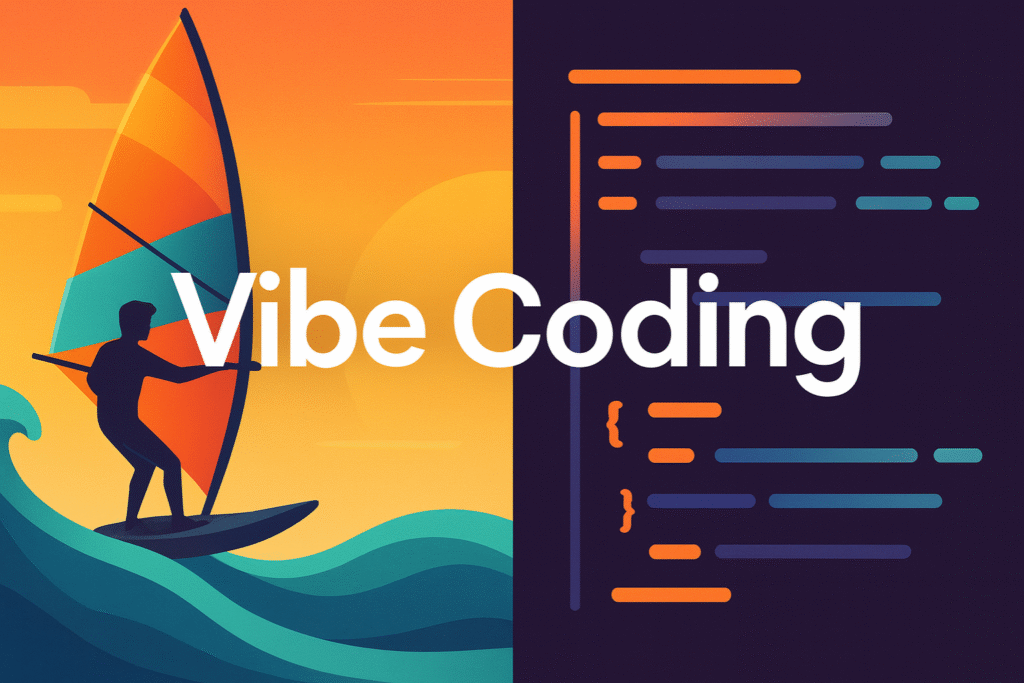
O Vibe Coding é Muito Mais do Que Estilo: É uma Nova Forma de Criar
Adotar o Vibe Coding é abraçar um futuro no qual o código não é apenas execução, mas expressão. Ferramentas modernas como Framer, FlutterFlow, Dify e Xano estão tornando essa realidade acessível.
Ao alinhar tecnologia, sensibilidade e identidade, você cria experiências mais humanas e marcantes. No fim das contas, o que faz um projeto memorável não é apenas o que ele faz, mas como ele faz você se sentir.
Continue explorando: Curso Dify da No Code Start Up







